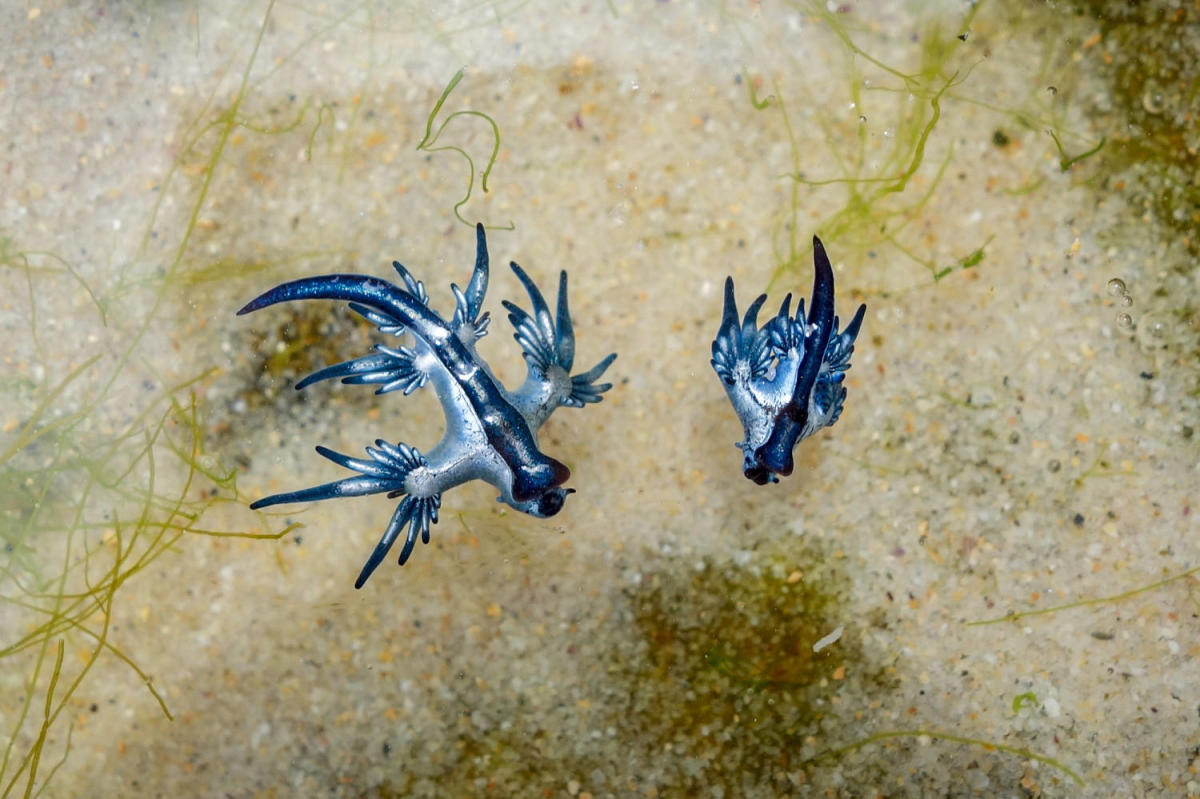Olde Hornet
Well-Known Member

The blue dragons season is upon us, but researchers remind beachgoers to think twice before touching them
Spring breakers flocking to TX beaches this month could stumble upon a sight many have never seen — a bright blue and silver sea slug known as the blue dragon.
CORPUS CHRISTI, Texas — Spring breakers flocking to Texas beaches this month could stumble upon a sight many have never seen — a bright blue and silver sea slug known as the blue dragon.
While the tiny, 1-inch creatures may look like fun, researchers warn that touching them could result in a painful sting.
“There’s all kinds of stories of people accidentally stepping on these blue dragons or picking them up and squeezing them and getting stung. And yeah, it doesn’t end well,” said Jace Tunnell, a marine biologist at Texas A&M University-Corpus Christi.
Blue dragons, known scientifically as Glaucus atlanticus, sail on the surface of the ocean feeding on toxins from the Portuguese man-of-war and other jellyfish-like organisms. As southeast winds increase during the spring, the slugs blow ashore with the potential to release those dangerous toxins upon unsuspecting beachgoers.
